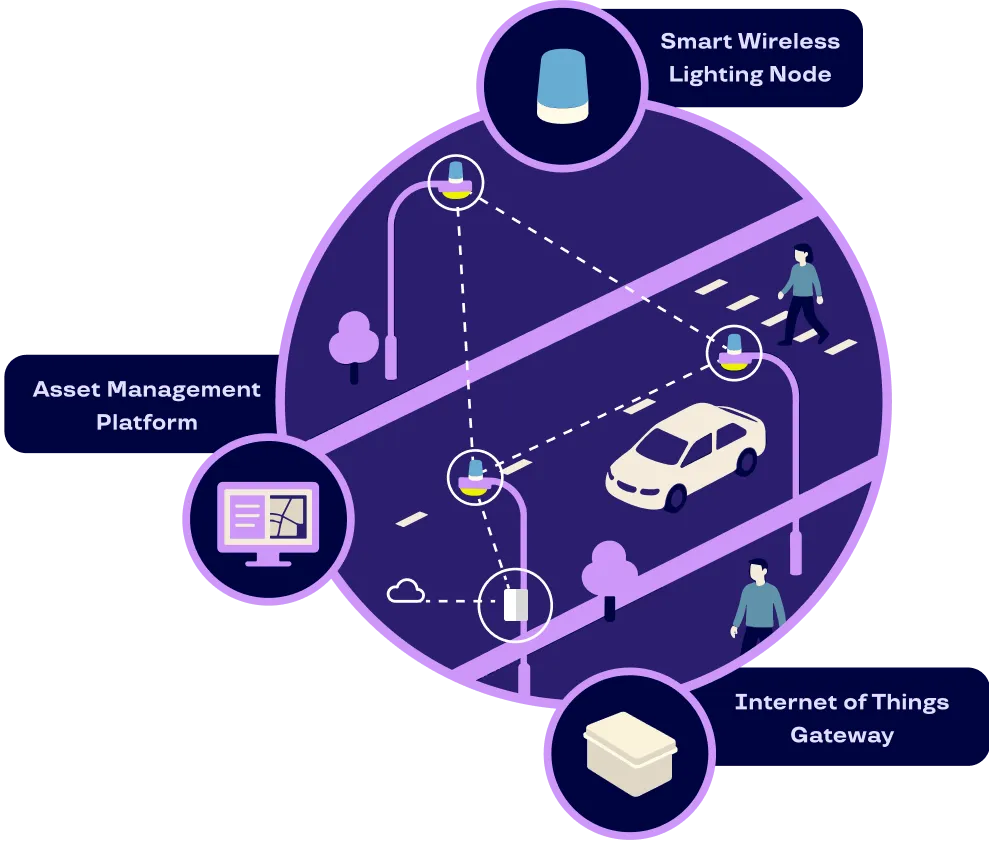Resources
-
Pittsburgh's Plan for Lighting Improvements Considering Existing City Infrastructure
Creating it's first comprehensive city wide photometric analysis, Pittsburgh estimates approximately 113 additional LED luminaires may be needed to address uneven coverage.
LED Modernization: Special Considerations -
Pittsburgh's LED Streetlight Conversion to Save $1.9M Annually
Pittsburgh is estimated to save $942,000 per year in energy costs and nearly $500,000 in maintenance savings, by replacing just over 33,000 high-pressure sodium and 3,500 legacy LED cobra head streetlights.
Energy and Maintenance Savings -
Photometric Analysis
EvariLUX, a streetlight visualization tool that illustrates where light is actually hitting the ground, helps examine foot-candle levels and identifying a luminaires light output.
Go to Link
About the Network Lighting Management System
ploys Smart LED Streetlights with Real-Time Monitoring
Pittsburgh is upgrading 36,536 streetlights to connected LEDs, enabling remote monitoring and Dark-Sky compliant lighting. The robust mesh network is managed by G3+ Gateway and connects to the Dimonoff | SCMS platform. These systems allow city officials to monitor energy consumption, detect outages, and optimize maintenance in real-time enhancing public safety, improving visibility and advancing city sustainability goals.
Pittsburgh Leads Smart City Development.
Smart streetlighting serves as the backbone of Pittsburgh’s connected infrastructure, with Dimonoff’s scalable network enabling future IoT applications like environmental monitoring and public safety systems.

The
Benefits of the NLMS
This initiative reflects the city’s dedication to sustainability and equitable development and is designed to significantly reduce energy consumption, enhance service reliability, and minimize outages.
Additional benefits of this cutting-edge initiative
-
Reduced light pollution
for clearer night skies and enhanced stargazing
-
Improved sleep quality
for residents due to warmer, less disruptive lighting
-
Lower risk of mood disorders
linked to excessive artificial light at night
-
Safer roads and walkways
with uniform, glare-free illumination
-
Protected wildlife habitats
by minimizing disorientation for nocturnal animals
-
Preserved circadian rhythms
through Dark Sky-compliant color temperatures
-
Energy savings
that reduce the city's carbon footprint and utility costs
-
Future-ready infrastructure
for smart city expansions like sensors and traffic monitoring